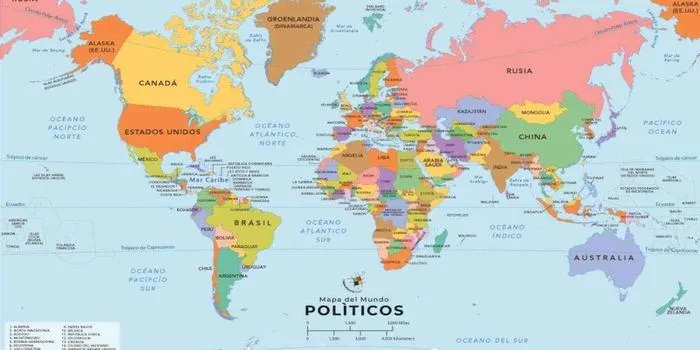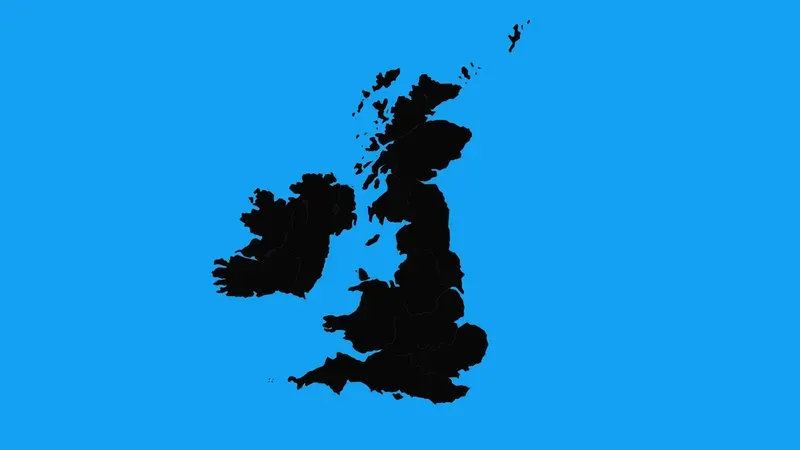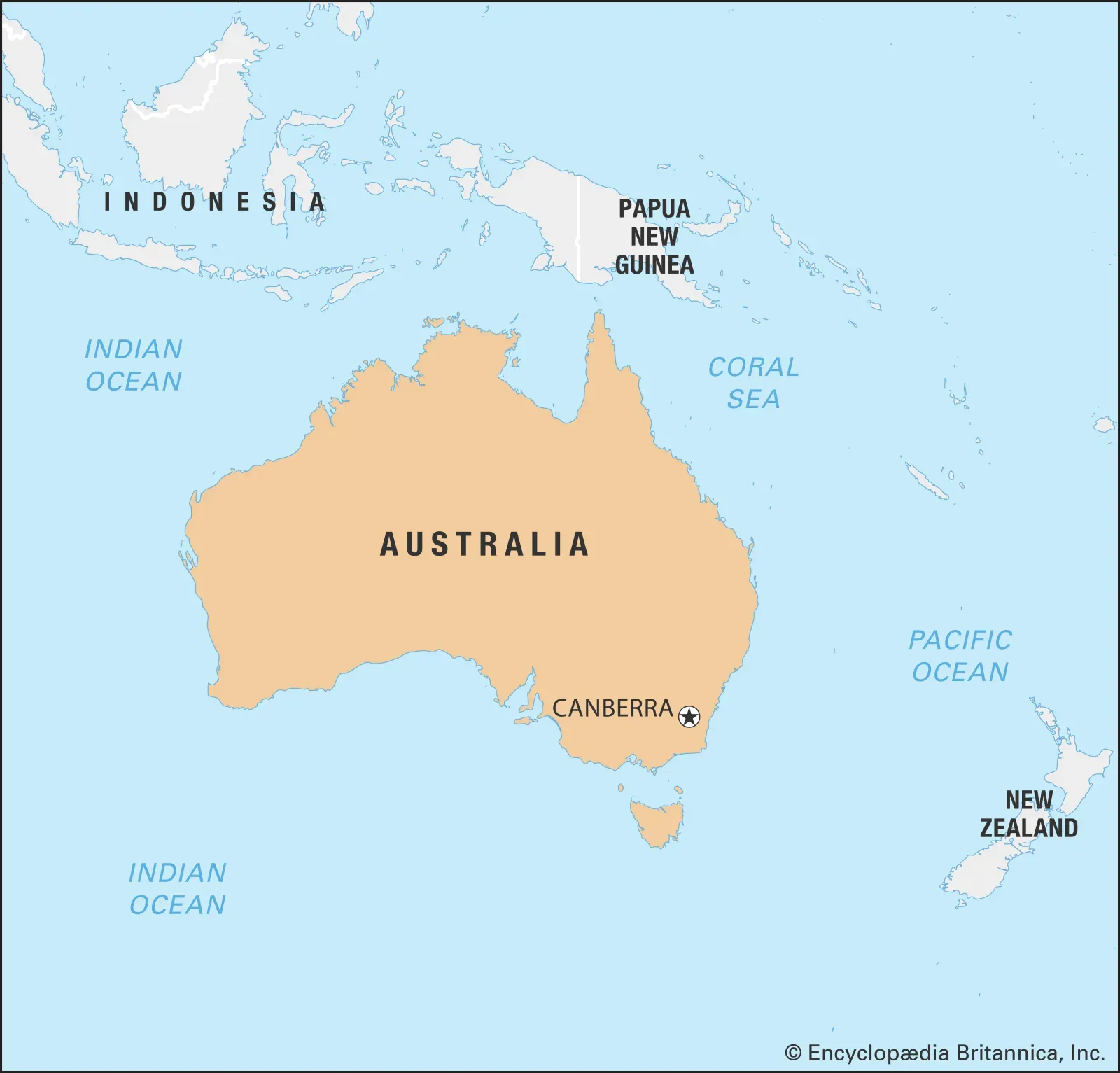How Many Countries Are There in the World?
As of the latest recognized count, there are 195 countries in the world. This total includes 193 member states of the United Nations and two observer states, the Holy See and Palestine. While most of these countries are universally acknowledged, some territories and regions have disputed status, which can lead to variations in the count depending on the criteria used. These political nuances highlight the complexities in defining a country's existence and recognition on the global stage.

Understanding how many countries are in the world is a complex question that involves political, geographical, and social considerations. As of October 2023, the generally accepted number of recognized sovereign states is 195. This total comprises 193 member states of the United Nations and 2 observer states, which are the Holy See and Palestine. In this article, we will explore the dynamics behind this number, variations in definitions, and the implications for international relations.
Current Number of Countries
The total number of recognized countries can vary based on different criteria. The most widely accepted figure is 195, as mentioned above. However, some organizations and entities may have different counts based on their definitions of what constitutes a country. For example, territories that operate independently but are not recognized as sovereign states can complicate the count.
Breakdown of the Total
To better understand the current landscape of countries, let’s break down the total number:
| Category | Number |
|---|---|
| UN Member States | 193 |
| UN Observer States | 2 |
| Total Recognized Sovereign States | 195 |
Factors Influencing Recognition
Several factors influence whether a territory is recognized as a country, including:
- Political Stability: Regions that have stable governments and defined borders tend to be recognized more easily.
- International Relations: Recognition often depends on diplomatic relations with other countries.
- Historical Context: Many territories have a complex history that influences their current status.
Disputed Territories and Unrecognized States
There are numerous territories that claim independence but are not universally recognized. Some examples include:
- Taiwan: Claiming to be a sovereign nation, Taiwan is not recognized by the UN due to pressure from China.
- Western Sahara: This territory is claimed by Morocco but is also recognized as a non-self-governing territory by the UN.
- Abkhazia and South Ossetia: These regions declared independence from Georgia but are recognized by only a handful of countries.
The Role of International Organizations
International organizations like the United Nations play a crucial role in the recognition and legitimacy of countries. Membership in the UN is often seen as a hallmark of a country's sovereignty. However, the political dynamics within these organizations can influence who gets recognized as a country. For instance, geopolitical alliances often dictate the support for or against the recognition of certain territories.
Future of Country Recognition
The number of countries in the world may change in the future due to various factors, including:
- Political Changes: Shifts in power can lead to new claims of sovereignty or the dissolution of existing states.
- Social Movements: Grassroots movements advocating for independence can alter the geopolitical landscape.
- International Law: Changes in international law regarding self-determination may impact recognition.
Conclusion
In conclusion, the total number of countries in the world stands at 195, but this figure is subject to interpretation and change. The complexities surrounding recognition, political stability, and international relations make it a dynamic topic. Understanding these nuances is essential for anyone interested in global affairs, as it influences everything from diplomacy to economic partnerships.
For those looking to dive deeper into the topic of recognized sovereign states, resources such as the UN website, international law journals, and geopolitical analyses can provide more in-depth information. The dialogue around how many countries there are will continue to evolve, reflecting the ever-changing nature of global politics.












